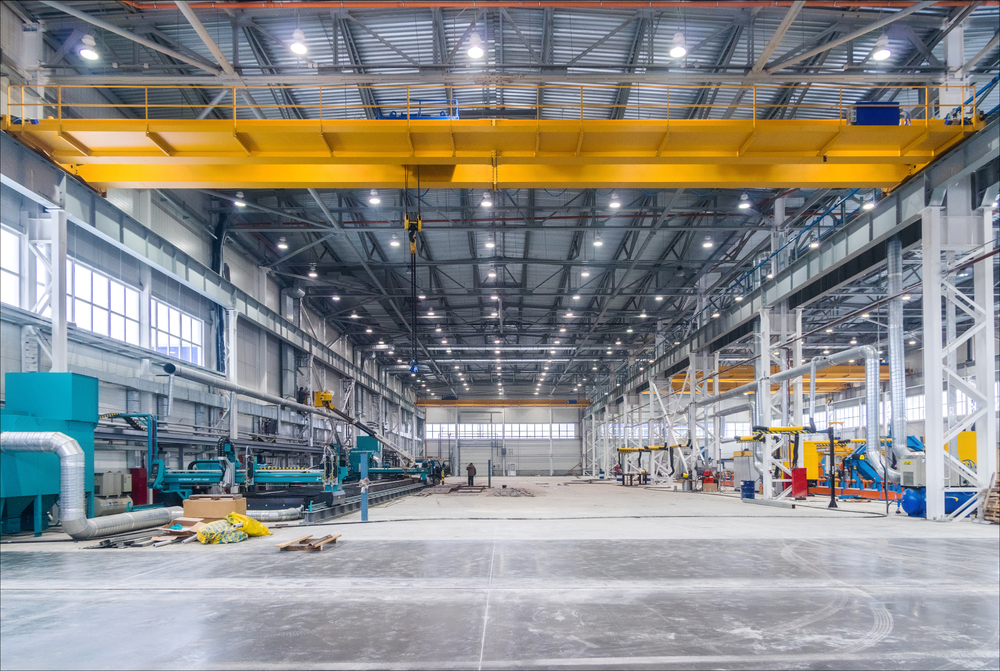
Retrofitting Existing Structures with Fabricated Steel
May 31, 2024 6:20 pm Leave your thoughtsRetrofitting older structures with fabricated steel has emerged as a cost-effective and efficient solution for enhancing structural integrity, extending lifespan, and accommodating modern design requirements. As aging buildings face the challenges of deteriorating materials, changing building codes, and evolving usage demands, the versatility and durability of fabricated steel offer unparalleled benefits for revitalizing existing structures. From strengthening foundations to adding new levels or extensions, retrofitting with fabricated steel presents endless possibilities for transforming aging buildings into safe, functional, and aesthetically pleasing spaces.
Understanding the Retrofitting Process
Retrofitting existing structures with fabricated steel involves the strategic integration of steel components to reinforce or augment the original framework. This process typically begins with a comprehensive assessment of the building’s condition, structural vulnerabilities, and renovation objectives. Based on this evaluation, engineers and architects devise customized retrofitting solutions that leverage the strength and flexibility of fabricated steel to address specific challenges and achieve desired outcomes. Whether it’s strengthening load-bearing elements, expanding floor space, or enhancing seismic resistance, the retrofitting process is tailored to meet the unique needs and constraints of each project.
Advantages of Retrofitting with Fabricated Steel
The decision to retrofit with fabricated steel offers numerous advantages over traditional renovation methods. Fabricated steel components are precision-engineered off-site, ensuring high quality, accuracy, and consistency in manufacturing. This prefabrication process minimizes on-site construction time and disruption, resulting in faster project completion and reduced labor costs. Additionally, fabricated steel is lightweight yet exceptionally strong, allowing for greater design flexibility, longer spans, and increased floor area without sacrificing structural integrity. Moreover, steel’s resistance to corrosion, fire, and pests ensures long-term durability and low maintenance requirements, making it an ideal choice for retrofitting projects in diverse environments.
Common Applications of Retrofitting Fabricated Steel
Retrofitting with fabricated steel encompasses a wide range of applications to address various structural challenges and functional requirements. One common application is the reinforcement of existing foundations and support systems to accommodate additional loads or seismic forces. Fabricated steel beams, columns, and braces can be installed to strengthen weak or compromised structural elements, preventing progressive collapse and ensuring the safety of occupants. Furthermore, fabricated steel can be utilized to create new openings, mezzanines, or expansions within the building envelope, maximizing usable space and optimizing layout efficiency. Whether it’s renovating historical landmarks, repurposing industrial facilities, or modernizing commercial buildings, retrofitting with fabricated steel offers endless possibilities for revitalizing existing structures while preserving their architectural heritage and cultural significance.
Sustainable Benefits of Retrofitting with Fabricated Steel
In addition to its structural advantages, retrofitting existing structures with fabricated steel aligns with sustainable building practices and environmental stewardship. By repurposing and upgrading older buildings rather than demolishing and rebuilding from scratch, retrofitting reduces construction waste, minimizes resource consumption, and lowers carbon emissions associated with new construction. Furthermore, fabricated steel components are fully recyclable at the end of their service life, contributing to the circular economy and reducing the environmental footprint of construction projects. As communities strive to promote resilience, adaptability, and sustainability in the built environment, retrofitting with fabricated steel emerges as a preferred solution for revitalizing aging infrastructure and creating resilient, future-proof spaces for generations to come.
Transforming the Future of Construction with Fabricated Steel
Retrofitting existing structures with fabricated steel represents a transformative approach to renovation and revitalization in the construction industry. By harnessing the strength, versatility, and sustainability of steel, architects, engineers, and developers can overcome the challenges of aging buildings and unlock the full potential of existing spaces. Whether it’s preserving historical landmarks, modernizing commercial properties, or repurposing industrial facilities, retrofitting with fabricated steel offers a sustainable, cost-effective, and innovative solution for building a resilient and adaptable built environment. As the demand for adaptive reuse and sustainable construction practices continues to grow, fabricated steel retrofitting is poised to play a pivotal role in shaping the future of construction worldwide.
Need a Steel Construction Company in Terre Haute, IN?
Benchmark Fabricated Steel is a premium service provider for all your metal and steel needs since 1971. We offer an array of services and products for commercial, business, and corporation work. Our fully trained team is available for project design, erect drawings, site construction, product procurement and delivery, engineering and consulting, and much more. Benchmark Fabricated Steel is fully accredited by the AISC and the Canadian welding association allowing for the highest quality product to be produced. Our business is also recognized by the Chamber of Commerce and is a fully certified fabricator. All of our products are manufactured by the highest quality of equipment, with an expert and knowledgeable staff. Contact us today to learn more about what we can do for you!
Categorised in: Fabricated Steel
This post was written by admin
